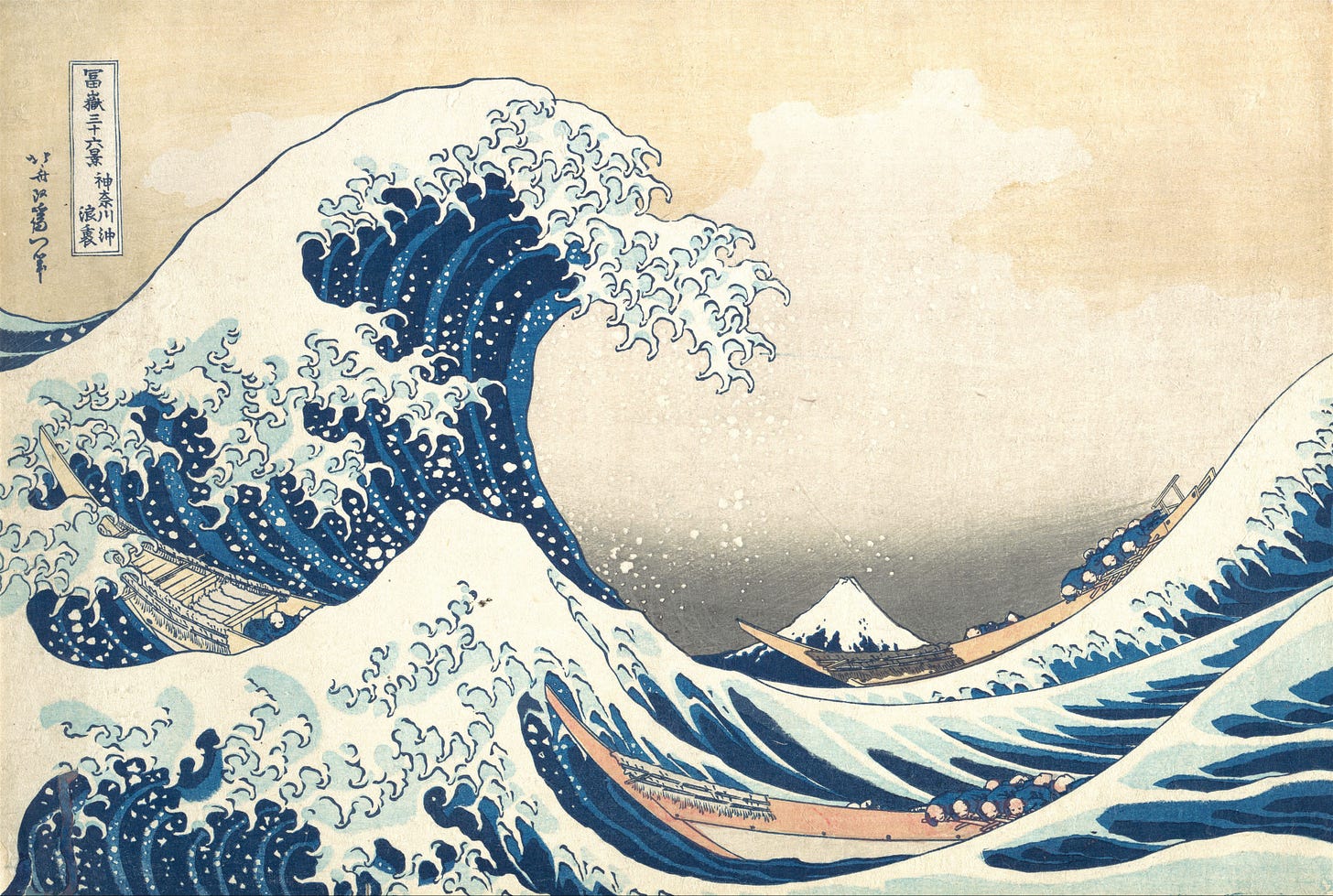Another week, another newsletter. Since I last saw you I had a nice holiday weekend; I grilled1, and I chilled. It was pretty nice, even if the weather was awful — all thunderstorms, poor air quality, and oppressive humidity, which still hasn’t really let up. It feels like this summer has had more of what I like to call “Inside Days” than the last few I can remember. Though here I guess it’s worth remembering that this is maybe the coldest summer we’re gonna get for the rest of our lives.
In any case: when I wasn’t chilling or grilling this weekend, I was reading a borrowed copy of Tomorrow and Tomorrow and Tomorrow — that bestselling novel about making video games and the travails of lifelong friendships. Much pixelated ink has been spilled about it, so I won’t bore you with too many details. But here’s the setup:
A boy named Sam and a girl named Sadie meet while Sam is in the hospital with a foot broken in 27 places. They’re familiar with each other, from the smart kid circuit in LA; they don’t speak again until they get to college, one at MIT and the other at Harvard. There, they run into each other at a train station, and decide to make a game together — bringing in Marx, Sam’s roommate, to act as their producer. That’s when all the trouble begins.
Or something like that. The novel is wonderful; I had a great time in the world Gabrielle Zevin created. One of the more fascinating things about the book is its treatment of video game history — it spans 30-odd years of these characters’ lives, and drops references to games like King’s Quest IV and Oregon Trail as fluently as it quotes Shakespeare2 and Emily Dickinson. The references add another layer of verisimilitude; the emotional conflicts between Sam, Sadie, and Marx feel more real because of that grounding.
I also found it fascinating that Tomorrow and Tomorrow and Tomorrow is truly a book about work — more specifically, it’s a love letter to the very particular nature of creative labor. If you’re someone who makes things for a living, you’ll probably find its depiction of the process pleasingly familiar.
I enjoyed it a lot! And if you subscribe to this newsletter, you probably will too. Funnily enough, the other thing I did this weekend was submit3 Turn Out The Lights — the game I made back in January, which you can download here if you want — to Steam, the biggest game marketplace in the world. It involved making a trailer4; I’m not good at that sort of thing, so I put together something quick with some stuff I found online.
Reading Tomorrow and Tomorrow and Tomorrow reminded me of what it took to put my little game together — a lot of labor from a small group of talented people. Even for something this comparatively simple, getting the code and art and sound and music and writing to work together — generatively — required a lot of time and energy. It’s just like making anything else!
I guess what I’m saying is that it was a genuine pleasure to read a book that deeply understands — or to use Zevin’s word, groks — what it takes to make anything worth making. Give it a read! You won’t regret it. If you do, feel free to yell at me about it by replying to this email.
Love,
Bijan
I have a very small electric grill that I exclusively use on my apartment’s extremely tiny balcony.
Hypir, thank you again for putting together the build!!!
Right now, at the time I’m writing this, the information the trailer contains is technically incorrect; I’m still waiting for Steam to actually accept our game submission.

